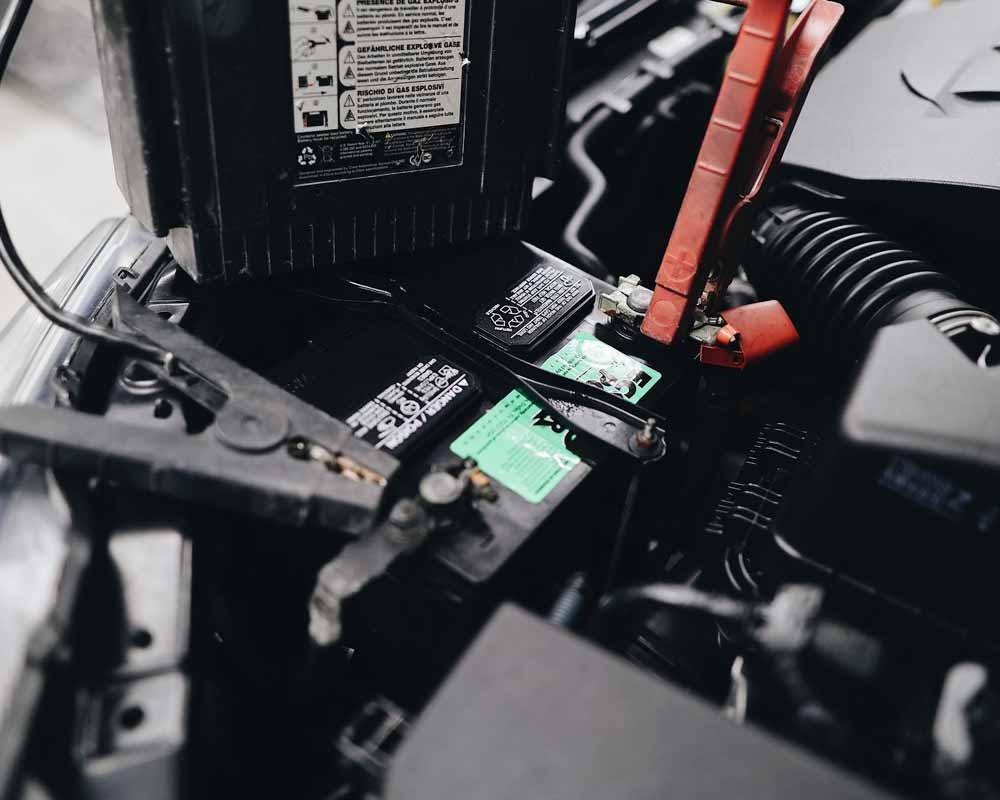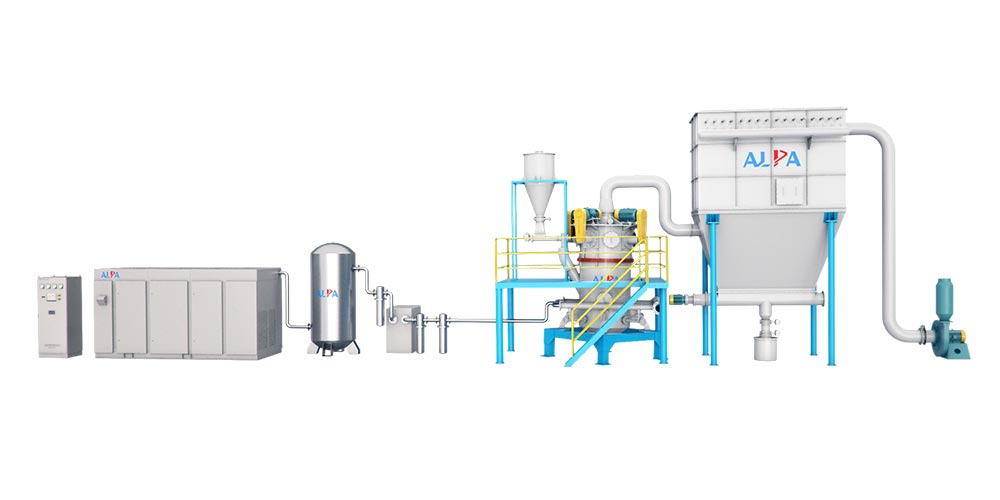Application of ultrafine jet mill in the processing of lithium manganate materials
Lithium manganate battery has the characteristics of high working voltage, light weight, small size, large specific energy, long cycle life, low self-discharge, good safety, low price, and pollution-free. It is now widely used in power tools, electric vehicles, and electric vehicles. Toys and other fields.

With the acceleration of new energy vehicles and the further improvement of lithium manganate battery technology, lithium manganate batteries, as power batteries for pure electric vehicles, have a very broad market prospect. As the back end of the lithium manganate processing procedure, the pulverization and classification have an important effect. The process of pulverizing the lithium manganate to fine particle size and separating the required particle segments directly affects the subsequent application of the lithium manganate. The ultra-fine jet mill is used for the crushing and classification of lithium manganate, which has more advantages than traditional equipment.
Ultra-fine jet mill is a kind of equipment that uses high-speed airflow to achieve ultra-fine grinding of dry materials. It consists of a crushing nozzle, a grading rotor, a screw feeder and so on. The material enters the crushing chamber through the screw feeder, and the compressed air is jetted into the crushing chamber at a high speed through a specially configured supersonic nozzle. The material is accelerated in the supersonic jet and repeatedly impacts and collides at the intersection of the nozzles to achieve crushing. The pulverized material enters the classification chamber with the ascending airflow. Due to the high-speed rotation of the grading rotor, the particles are subjected to both the centrifugal force generated by the grading rotor and the centripetal force generated by the viscous effect of the airflow. When the centrifugal force is greater than the centripetal force, the coarse particles above the grading diameter return to be crushed. The chamber continues to be impacted and crushed, and the fine particles below the classification diameter enter the cyclone separator and collector with the air flow for collection, and the gas is discharged by the induced draft fan.

Product features of superfine jet mill:
1. Precision ceramics and polyurethane lining, 100% prevent metal pollution caused by the crushing process of materials, and ensure the purity of crushed items. It is especially suitable for electronic materials that require extremely high iron content, such as lithium cobaltate, lithium manganate, lithium iron phosphate, lithium iron phosphate, ternary materials, cobalt tetroxide, lithium carbonate, lithium nickel cobaltate and other battery cathode materials.
2. No temperature rise. Because the material is crushed under the state of gas expansion, the temperature of the crushing chamber is controlled at room temperature, and the temperature will not rise.
3. The wear is small, because the main crushing effect is the impact and collision of the particles, the high-speed particles rarely collide with the wall surface, and it is suitable for crushing materials with Mohs hardness above nine.
4. Low energy consumption, 30%-40% energy saving compared with other types of jet mills.
5. The flammable and explosive materials can be crushed with inert gas protection.
6. The use of advanced touch screen and programmable logic controller (PLC) realizes automatic control.
For battery materials, according to the physical characteristics of the battery’s positive and negative electrode materials, different equipment is used for pulverization and classification to achieve the best output ratio. The crushing effect can be achieved by using a special mechanical ultrafine pulverizer-grading impact mill (effectively reducing the energy consumption of production equipment); for specific materials of lithium batteries and nickel-metal hydride batteries, a fluidized bed jet mill can be used. Carry out crushing and classification. High purity requirements, anti-oxidation can use inert gas to protect the crushing classifier, isolate oxygen and close production.
